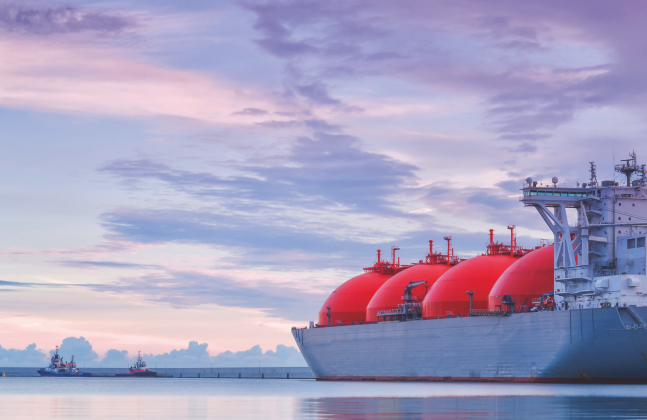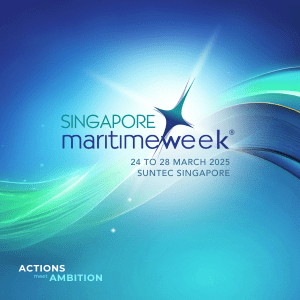To feed the growing energy demand Bangladesh is banking on increased LNG imports and is ramping up infrastructure to pump in more of gas into the national grid
Bangladesh’s natural gas production currently is at around 2.75 Bcf/d against demand of nearly 4 Bcf/d. The newly formed government in Bangladesh has mooted to bridge the gap in demand and actual production of gas through LNG imports. The imports can help in bridging the gap with 300,000 Mcf/d of re-gasified LNG, which can be supplied to the national grid from the Floating, Storage and Regasification Units (FSRUs) and land-based terminals.
LNG Imports
The country’s LNG demand is expected to touch eight million mt/ year by 2023. Therefore, Bangladesh will start importing LNG with a targeted import volume of 17 MTPA in 2030.
LNG infrastructure projects
The introduction of inexpensive floating storage and regasification units (FSRUs) has been a further boon to the less-developed nations like Bangladesh. Moreover, LNG receiving terminals that use FSRUs can be installed at lower cost and constructed within a shorter period.
Bangladesh’s maiden FRSU located offshore Moheshkhali Island in the Bay of Bengal was built by Excelerate Energy and it was commissioned in August 2018. It has 138,000m3 of LNG storage capacity and a base regasification capacity of 500 million standard cubic feet per day. Excelerate Energy Bangladesh Limited (Excelerate) has awarded Svitzer a fifteen-year contract to provide marine support services at Bangladesh’s first liquefied natural gas (LNG) import terminal. Svitzer will serve the facility with a suite of five vessels, as part of the contract..
The country has imported its first liquefied natural gas (LNG) cargo from Oman Trading International through LNG tanker Cape Ann, with a capacity of about 135,000 cubic metres. The tanker arrived at the FSRU Excellence, offshore Moheshkhali Island, on January 29, 2019 after loading LNG from Nigeria. The terminal has already started delivering natural gas to the Chittagong region of Bangladesh.
Another gas transmission pipeline is currently under construction, and is being set up to supply imported LNG to the terminal.
The second floating storage and regasification unit (FSRU) in Bangladesh known by name Summit LNG is expected to complete commissioning seven days after arriving to the country on 19-20 April 2019 from dry-dock in Qatar. The import terminal will have a regasification capacity of 500m cubic feet per day. The second FRSU project is being developed by Summit Corp, a subsidiary of Singapore-based Summit Power International, and partner Mitsubishi Corp.
Summit Corp. has awarded a contract to Chinese oil and gas major CNOOC to build a 7km (4.2 mile) pipeline that connects the Summit FSRU to the shore. Both Moheshkhali and Summit FRSUs together will have 3.75 million tons of LNG per year capacity.
Land-based LNG terminal
Bangladesh has scrapped plans to build additional floating LNG terminals in favour of land-based stations after the start-up of Excelerate’s vessel was delayed by several months due to technical problems and bad weather. A landbased terminal has become the top priority for the country.
The country’s efforts to ramp up the LNG infrastructure has faced some bottlenecks. As Petronet LNG’s plan to build a liquefied natural gas (LNG) facility at Maheshkhali island in Cox’s Bazar district of Bangladesh through a government to- government deal has been put on the back burner. Bangladesh asked India to bid in the ongoing round for an LNG regasification terminal at Matarbari, located in Cox’s Bazar. An expression of interest (EoI) was floated in January 2019. However, Petronet is not interested to bid for the Matarbari project and instead wanted a bilateral deal on the Maheshkhali terminal.
The south Asian Island nation is now seeking for developers to design and build 7.5 mtpa onshore LNG terminal at Matarbari in the Cox’s Bazar district, as its first imports of the super-chilled fuel through a floating platform were delayed due to the weather and technical issues. The land based terminal is scheduled to be completed by June 2023.
The companies who submit their expression of interest are expected to be shortlisted by Rupantarita Prakritik Gas Co., which is part of state-owned Petrobangla, by the end of August 2019.








